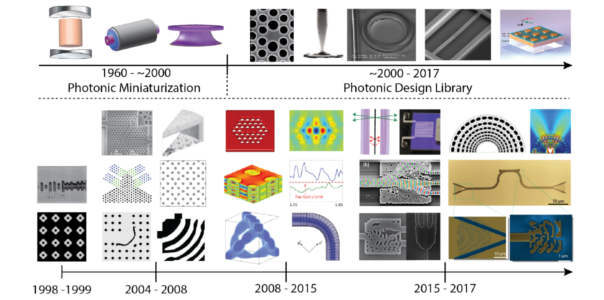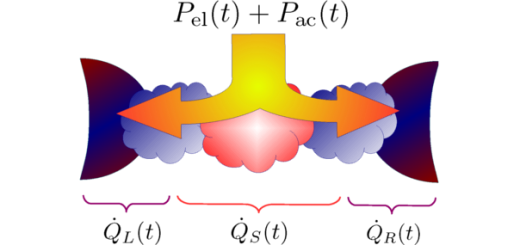Recent Developments and Applications of Inverse Design in Nanophotonics
Title: Recent Developments and Applications of Inverse Design in Nanophotonics.
When: Thursday, June 21, (2018), 12:00.
Place: Department of Theoretical Condensed Matter Physics, Faculty of Sciences, Module 5, Seminar Room (5th Floor).
Speaker: Alejandro W. Rodríguez, Department of Electrical Engineering, Princeton University, USA.
Large-scale optimization (or inverse design) in photonics has begun to shape the landscape of on-going experiments and research problems in areas ranging from light harvesting to optical communication. In this talk, I will survey recent developments and applications of inverse design techniques in nanophotonics, including computer-aided discovery of photonic structures designed to greatly enhance nonlinear optical processes such as frequency generation, or that exhibit high-order exceptional points. Exceptional points, which are complicated spectral degeneracies in non-Hermitian systems, can lead to modifications in the local density of states or spontaneous emission rate of emitters embedded in optical resonators (a generalization of the familiar Purcell enhancement figure of merit) and can also lower the power requirements of certain nonlinear processes. Time permitting, I will also show that inverse design techniques can be exploited to enhance heat transfer between nanostructured surfaces separated by sub-micron vacuum gaps, which depends strongly on the shapes and materials of the bodies. We find that in a variety of conditions, the discovered structures lead to enhanced radiation rates which follow the expected scaling with material susceptibility derived recently from bounds based on energy conservation (a generalization of the familiar blackbody limits to situations involving sub-wavelength structures).




















